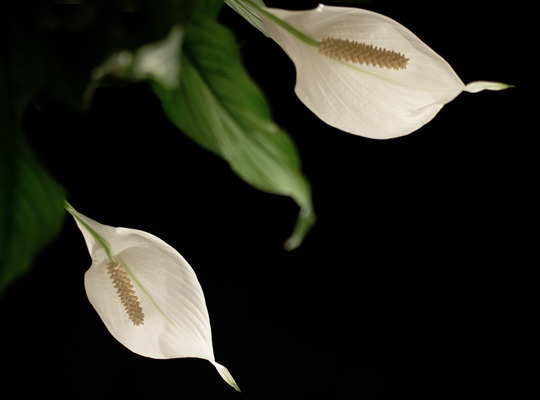Continuing my complaints with the bolted together components of EOL'ed Final Cut Studio 7, now I'm on to Color 1.5. Some time has been spent with this opaque interface previously. But it took me probably another 8 - 10 hours to finally uncover the undocumented means to zoom in on the image you're working with in the geometry window so that you can magnify the edges of a vignette being applied. BTW, Vignette = PS layer = PP lens. But the controls are nowhere near as diverse as they are in those two still image manipulation packages.
Work proceeded on a shot that's on screen for 5 sec. 23 frames. There were five Secondary Vignettes applied, using five different shapes, four of which changed as actors move through the shot. About 15 hours was spent on this 6 second shot, learning the software, how to apply shapes, how to move shapes, trying to fine tune the edges.

Finally, after sending the sequence back to FCP so that I could watch the six seconds that had been modified, I'm deciding to start over again and abandon the 15 hours of work. Some of it was software learning curve, so I'll be able to use it again. But the edge detection/drawing around a moving object is a serious challenge. On a still image this is not that much of a problem with these simple tools. But for moving images, where occasionally the edges of an adjustment need to be redrawn every frame, those edges flicker and waver mercilessly, totally unacceptably when all the frames are viewed together. No doubt it's a combination of tools and technique. I'm lacking in both.
Which leads me to realize that if I'm going to use Color - which those who use it seem to feel is a fabulous piece of software - it's going to have to be in a more general manner. If I'm going to pick objects out of a scene for specific adjustment, either they need to be small, or they don't move, or they don't change shape.
I was thinking I'd figured out how this video was done, with some elements colored while everything else in the image is b&w. But after watching it again, I can see that they're using something way more sophisticated than the Vignettes in Color 1.5.
Update on Tuesday, January 3, 2012 at 02:15PM by
 KMW
KMW
Turns out the zoom control in the geometry image preview in Color 1.5 is documented. I've moments ago found it in the online help, as the first topic under the Geometry Room heading. Guess I should have looked a little closer at the results when I searched the help files. Probably could have saved myself some time & agony.
 Friday, February 12, 2016 at 10:53PM
Friday, February 12, 2016 at 10:53PM  KMW |
KMW |  Post a Comment |
Post a Comment |  Charlottesville,
Charlottesville,  bypass,
bypass,  sculpture,
sculpture,  stickwork,
stickwork,  whale tale in
whale tale in  Steadicam,
Steadicam,  music,
music,  video,
video,  weather,
weather,  work in progress
work in progress 
















